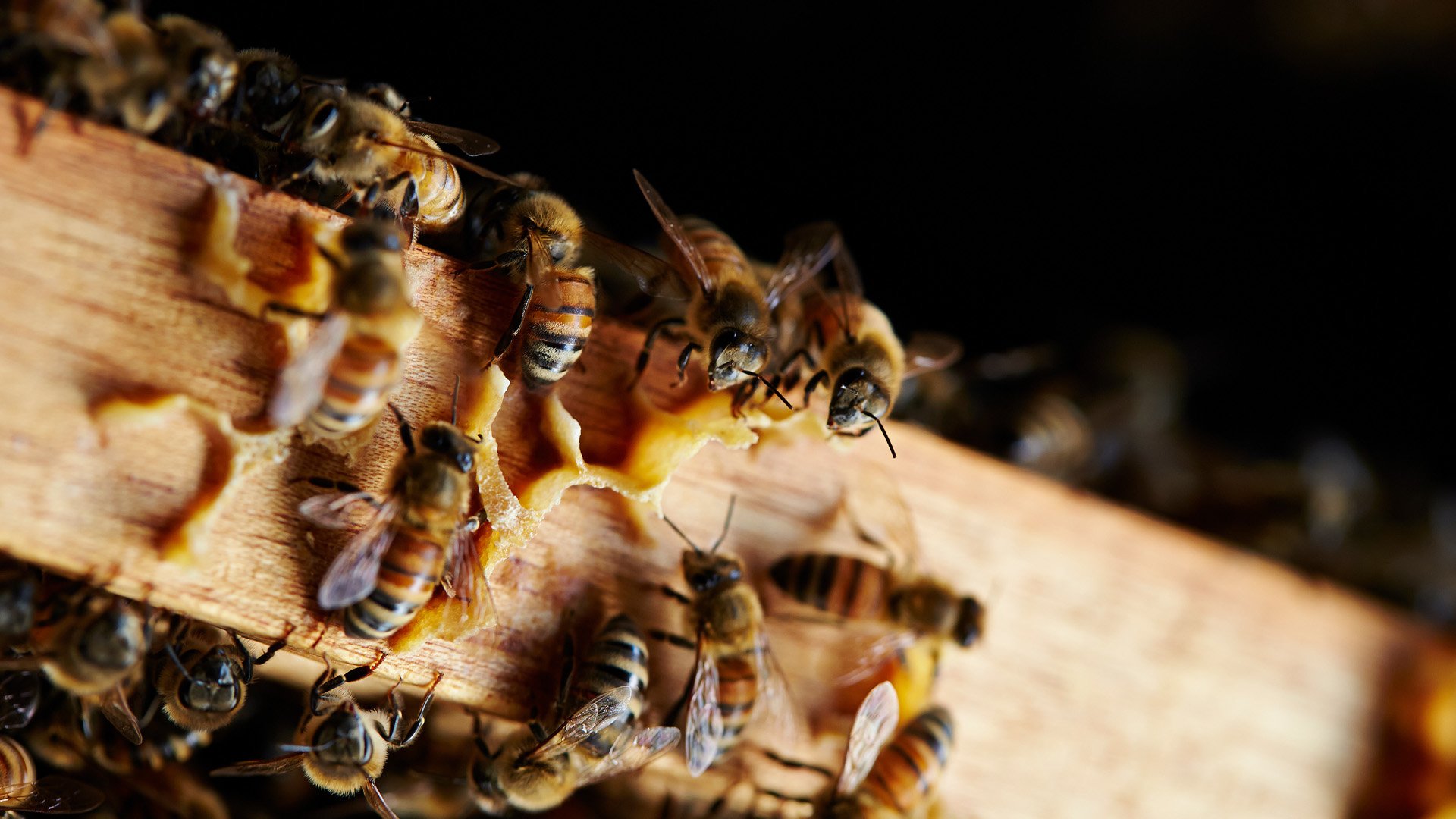
Home of high quality
Caucasian Honey Bees
Caucasian Honey Bees in United States
Introduction
The Caucasian honey bee, or Apis mellifera caucasica, is a subspecies of the western honey bee (Apis mellifera). Known for its gentle nature, prolific honey production, and remarkable ability to thrive in colder climates, the Caucasian bee has played a pivotal role in the history of beekeeping in the United States. This article will delve into the fascinating journey of the Caucasian bee in the U.S., from its initial introduction to its influence on American beekeeping and honey production.
The Origins of the Caucasian Bee
Caucasian bees are native to the Caucasus Mountains, which span the borders of Georgia, Azerbaijan, Russia, and Armenia. The region’s unique climate, characterized by long winters and damp, foggy conditions, has shaped the Caucasian bee’s genetic traits, equipping it with adaptations that enable it to thrive in colder climates. Notably, the Caucasian bee has a longer tongue than other honey bee subspecies, allowing it to reach deeper into flowers and extract nectar more efficiently.
Introduction to the United States
In the late 19th and early 20th centuries, American beekeepers became increasingly interested in diversifying their stock and improving their honey production. This led to the importation of various honey bee subspecies from around the world, including the Caucasian bee. The first recorded importation of Caucasian bees to the United States was in 1880, when they were brought to the country by Samuel Wagner, an American beekeeper and writer.
Popularity and Influence on American Beekeeping
Caucasian bees quickly gained popularity among American beekeepers due to their gentle nature and propensity for honey production. Their ability to thrive in colder climates made them particularly well-suited for regions with harsh winters, such as the northeastern United States.
Throughout the 20th century, Caucasian bees were crossbred with other honey bee subspecies in an attempt to create hybrids with the best traits of both parents. One notable example is the Starline bee, a hybrid of the Caucasian bee and the Italian bee (Apis mellifera ligustica), which was bred for its gentleness, honey production, and resistance to disease.
Challenges and Decline
Despite their initial popularity, the Caucasian bee faced several challenges in the United States. One issue was the tendency of Caucasian bees to produce excessive amounts of propolis, a sticky resin that they use to seal cracks in their hives. While propolis has antimicrobial properties that can help protect the hive from disease, the excessive amounts produced by Caucasian bees made hive management difficult for beekeepers.
Furthermore, the emergence of parasitic mites such as Varroa destructor and the introduction of Africanized honey bees (Apis mellifera scutellata) in the late 20th century led to a decline in the popularity of Caucasian bees. The new threats and competition from other bee subspecies contributed to a decreased emphasis on breeding and maintaining pure Caucasian bee stock in the United States.
Conclusion
The history of Caucasian bees in the United States reflects a rich tapestry of beekeeping and honey production. From their origins in the Caucasus Mountains to their introduction to American apiaries, Caucasian bees have left a lasting impact on the U.S. beekeeping landscape. While they may not be as prominent today as they once were, their influence on the development of modern beekeeping practices and hybrid bees cannot be understated.